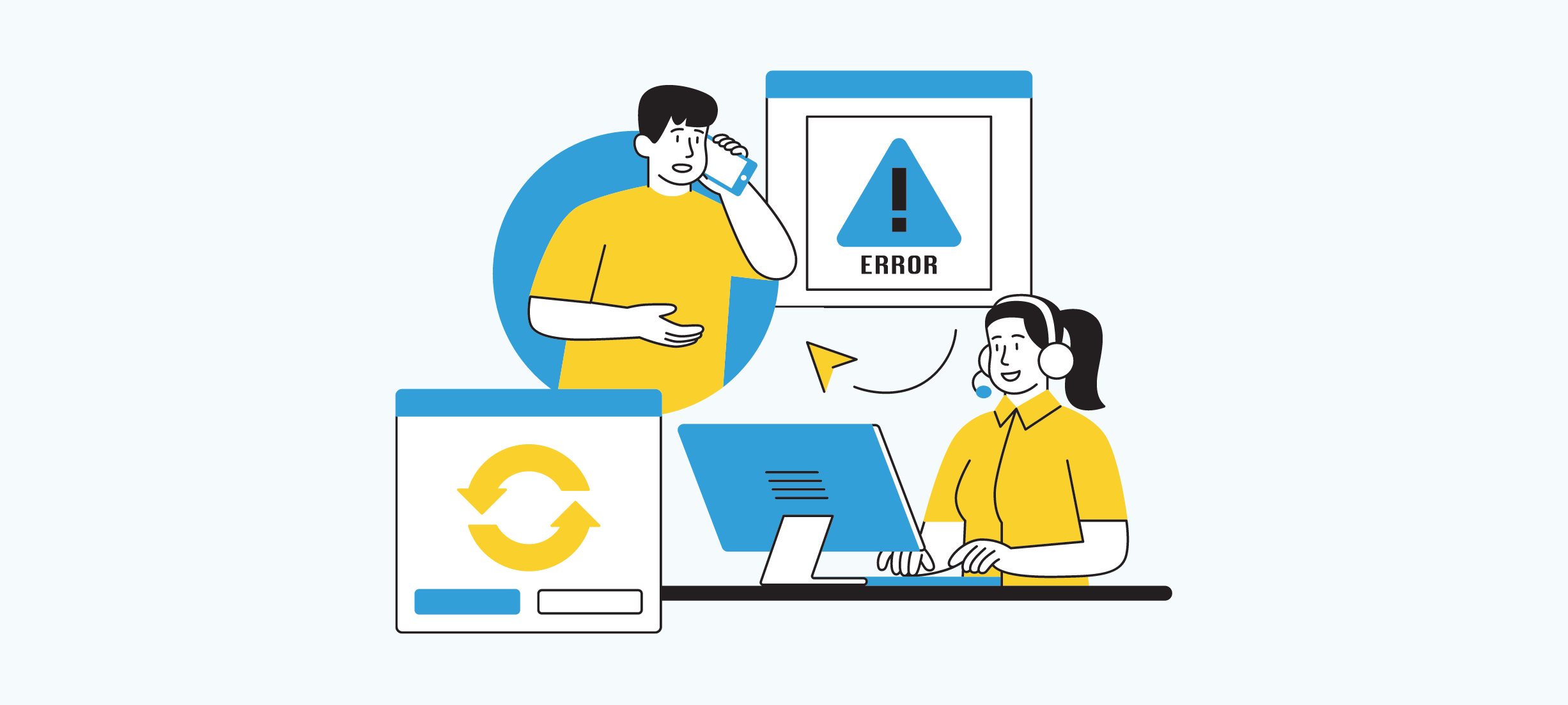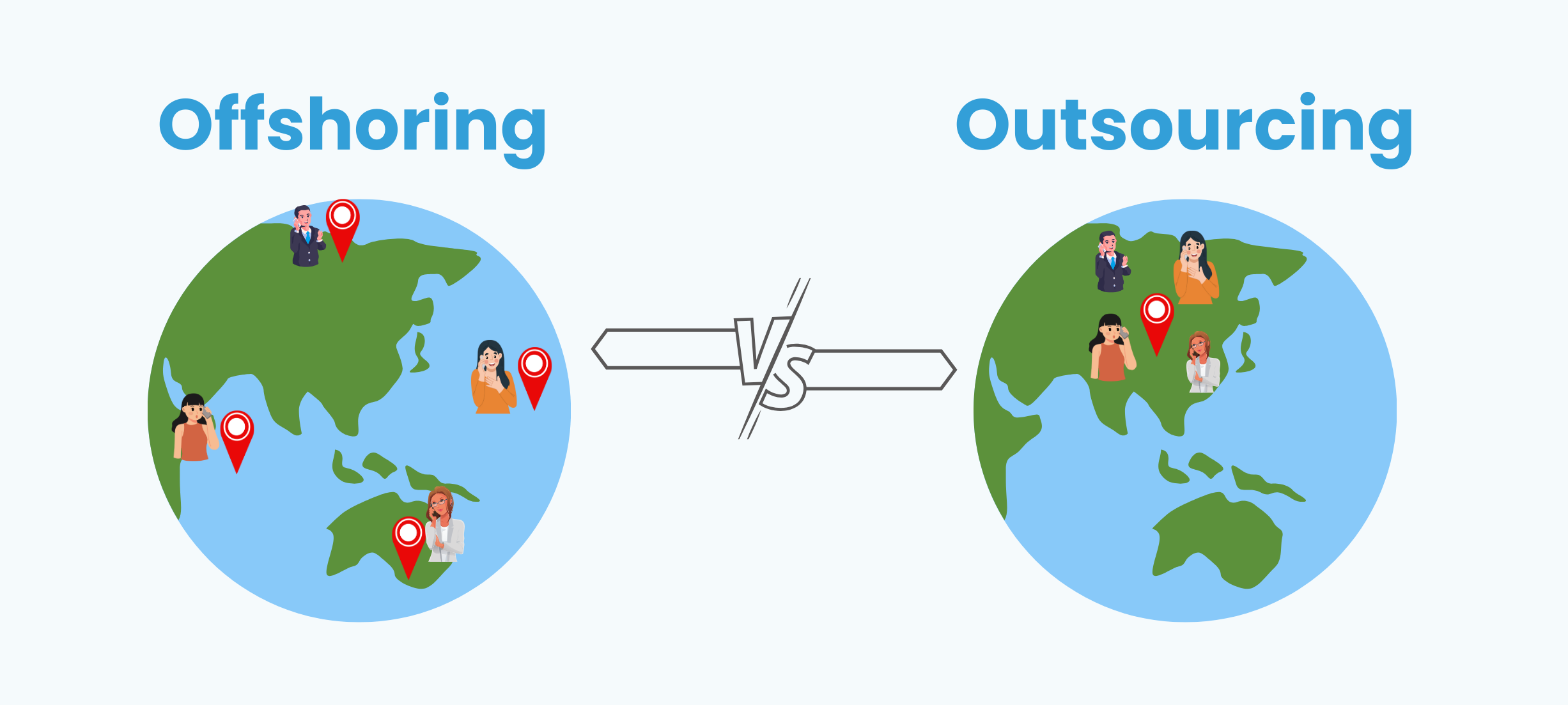The annual tax deadline can bring a sense of urgency, even for those who are well-organized. The Internal Revenue Service (IRS) recognizes that unforeseen circumstances or complexities can arise during tax season. To address this, they offer Form 4868, Application for Automatic Extension of Time to File U.S. Individual Income Tax Return.
What is Form 4868?
Form 4868 acts as an official file tax extension request for your individual federal tax return. It grants filers an additional six months, extending the deadline from the typical mid-April date to mid-October (October 15th). This buffer period can be crucial for those who:
- Gathering documentation: Sometimes, essential tax documents like W-2s or 1099s arrive later than expected. Form 4868 provides additional time to ensure all necessary paperwork is collected before filing.
- Need more time to prepare: Tax situations can be intricate, especially for individuals with self-employment income, investments, or deductions requiring detailed calculations. The extension allows for a more thorough review of financial records and a more accurate tax filing.
Important considerations
It’s crucial to understand that while Form 4868 grants an extension to file, it does not extend the deadline for tax payments. Any taxes owed are still due by the original deadline (typically April 15th). Penalties and interest may accrue on any late payments.
The deadline to file Form 4868 typically coincides with the original tax filing deadline. For the 2023 tax year, the opportunity to submit this form has already passed. However, for future tax seasons, filing electronically or by mail is a free and straightforward process.
How does Form 4868 work?
Form 4868 serves as a valuable form during tax season, it’s important to understand exactly what it does and doesn’t do. Let’s break it down:
What it does?
Grants you more time to file: Think of it as an official “heads up” to the IRS that your tax return (usually Form 1040 and any supporting documents) will be arriving a bit later. This gives you an additional six months, pushing the deadline from mid-April to mid-October (typically October 15th).
What it doesn’t do?
- Replace estimated tax payments: Even with an extension, estimated tax payments might still be due throughout the year to avoid penalties. If you owe taxes, it’s best to consult a tax professional to ensure you’re on track.
- Eliminate penalties for late payments: If you wait to pay until you file your return in October, you’ll likely face penalties and interest on the outstanding amount.
Here’s the Catch
- Estimate and pay now (or face penalties): While filing Form 4868 buys you time to file, you still need to estimate your tax bill and send in a payment by the original tax deadline. This estimated payment should cover at least 90% of what you owe.
- The remaining balance matters: The rest of your tax bill will be due when you finally file your return in October. If your initial estimated payment falls short of 90% of your total tax liability, the IRS will charge you interest and a late-payment penalty on the remaining amount from the original deadline (April 15th) onwards.
How does Form 4868 prevent IRS penalties for late tax filing?
If you owe money to the IRS but aren’t ready to send in your tax paperwork, you might think it’s fine to pay what you owe on time and file your taxes a bit later. But here’s the catch: even if you pay on time, filing your taxes late can mean you have to pay extra fees. That’s where Form 4868 comes in handy. It lets you ask the IRS for more time—six months—to get your tax paperwork together without facing those extra fees.
What are the ways to file IRS Form 4868 and pay taxes?
When it comes to submitting your IRS Form 4868, you have two convenient options:
- Mail-in option: You can choose to fill out the IRS Form 4868. It’s important to include your tax payment along with the form in the same envelope. The IRS Form 4868 mailing address is provided in the instructions. However, it’s important to note that including the mailing address directly in the text might not be ideal because the IRS mailing address depends on your location. The IRS website provides the most up-to-date information on where to mail your Form 4868 based on your circumstances.
- Electronic submission through IRS e-file: Alternatively, you can opt for a more modern approach by sending your IRS Form 4868 electronically through the IRS e-file system. This method allows for a quicker and more efficient process. If you choose this route, you have the flexibility to pay your tax balance either through electronic funds withdrawal or by using a money order.
Both options offer their own benefits, so you can select the one that works best for your preferences and circumstances.
What information do I need to fill out Form 4868?
The good news is Form 4868 is straightforward. Here’s what you’ll need to provide:
- Basic information: Your name, address, and Social Security number (SSN) or Individual Taxpayer Identification Number (ITIN).
- Estimated tax liability: This is the amount of taxes you think you’ll owe for the year. Don’t worry if it’s not an exact number – an estimate is all that’s required.
How do I estimate my tax liability?
There are a few ways to get a ballpark figure for your tax bill:
- Look at last year’s return: If your income situation hasn’t changed much, your tax liability will likely be similar to the previous year. Use the amount you owed or received as a refund as a starting point.
- Tax calculators or software: There are many free and paid options available online and through tax preparation software. These tools can estimate your taxes based on your income, deductions, and credits. You can find some of these calculators alongside resources for filing Form 4868 online.
- Tax professional: For a more accurate estimate, consider tax preparation services. They can help you consider all the relevant factors and ensure you’re on the right track.
Do I have to pay when I file for an extension?
While filing Form 4868 grants you more time to file your return, it doesn’t extend the deadline for paying any taxes you owe. You can include an estimated tax payment with your extension request, but it’s not mandatory.
Where can I get Form 4868?
There are two ways to obtain Form 4868:
- Electronically: Most tax software programs will include a feature to help you electronically complete and file Form 4868 along with any estimated tax payment.
- Paper form: If you prefer the paper route, you can download a printable copy of Form 4868 directly from the IRS website.
Remember, filing Form 4868 only grants you an extension to file your tax return, not to pay any taxes you owe. Make sure to settle your tax bill by the original due date to avoid penalties and interest charges.
Who needs which Form? Form 4868 vs 7004
- Form 4868 (Individual Extension): This form applies to you if you’re an individual taxpayer who needs more time to file your federal income tax return. It covers the most common individual tax return forms:
- Form 1040: This is the standard tax return form for most individuals.
- Form 1040A: This simplified form is for taxpayers with straightforward income and deductions.
- Form 1040EZ: This even simpler form is for taxpayers with very basic income and tax situations (it’s not available anymore for tax years after 2016).
- Form 1040NR-EZ: This form is for nonresident aliens with limited income sources in the US.
- Form 7004 (business extension): This form is for businesses that need a tax extension to file their federal tax returns. It covers a wider range of business tax returns, including,
- Form 1120: This is the corporate tax return for C corporations (standard businesses).
- Form 1120S: This is the corporate tax return for S corporations (a pass-through tax entity).
- Form 1065: This is the tax return for partnerships and estates.
- Form 1041: This is the tax return for trusts and estates.
- There are also various information returns that fall under Form 7004.
Conclusion
Get BookkeeperLive to File Your Extension for You!
Filing for a tax extension can be a relief, But even with Form 4868, tax season can still feel overwhelming.
This is whereBookkeeperLive steps in. Our expert team can handle the entire extension process for you, ensuring it’s filed correctly and on time. We’ll take care of the details so you can focus on what matters most.
Don’t let tax season stress you out. Contact BookkeeperLive today and let us handle your IRS tax extension for a smooth and hassle-free experience.
FAQs
1. Is there a fee to file Form 4868?
No. There is no fee to file Form 4868 itself. However, you will still be responsible for any taxes owed.
2. Does filing Form 4868 give me more time to pay my taxes?
No. While the extension allows more time to file your return, it does not delay the deadline for tax payment. You are still responsible for paying any taxes owed by the original due date to avoid interest and penalties.
3. Who can use Form 4868?
U.S. citizens or residents can use Form 4868 to get more time to file their tax returns.
4. Do I need a reason to file Form 4868?
No. You don’t need to explain why you’re requesting an extension.
5.How long does Form 4868 grant me an extension?
Form 4868 typically gives you an additional 6 months to file your tax return. (This means for most calendar-year filers, the new deadline would be October 15th of that year.)








